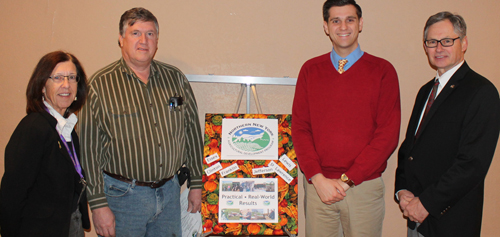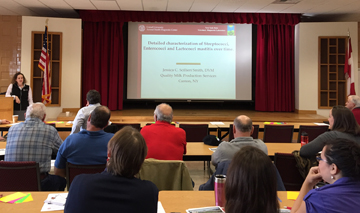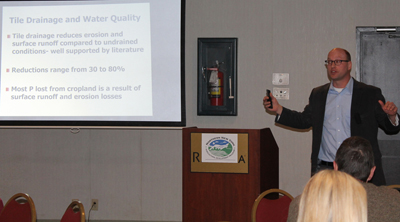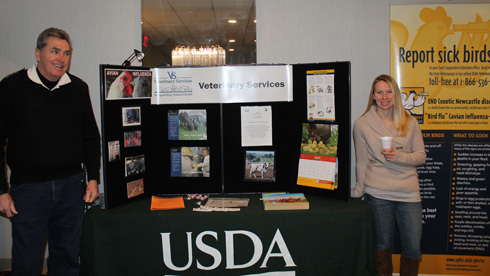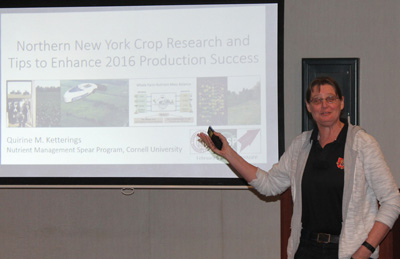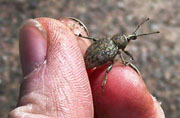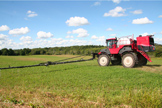
“MEASURE” is Message from Cornell Crop Nutrient Researcher at NNYADP Meetings
Northern NY. “Measure yield” is the number one thing growers can do to help themselves improve crop production Dr. Quirine M. Ketterings told farmers attending the 2016 Northern New York Agricultural Development Program (NNYADP) annual meetings.
“To improve management of crops, we have to do a better job with measuring yield and crop response. Field-to-field and year-to-year management records are needed for an analysis of what management alternatives can enhance versus limit crop production,” said Ketterings, director of the Cornell University Nutrient Management Spear Program.
“Northern New York has seen an upward trend in corn silage and grain production . . .
Read more and learn Dr. Ketterings’ other suggestions for cropping success.

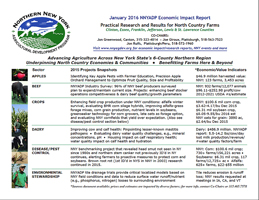
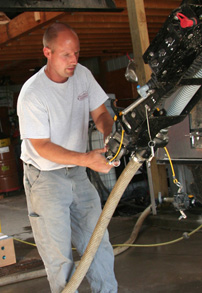 AGRIBUSINESS DEVELOPMENT
AGRIBUSINESS DEVELOPMENT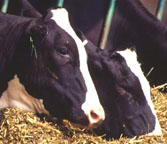 DAIRY PRODUCTION: Mastitis Research, Water Quality
DAIRY PRODUCTION: Mastitis Research, Water Quality FOOD PRODUCT INNOVATION: Edamame, Birch Syrup
FOOD PRODUCT INNOVATION: Edamame, Birch Syrup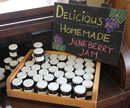 FRUIT PRODUCTION: Grapes, Juneberries
FRUIT PRODUCTION: Grapes, Juneberries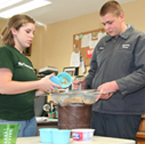 YOUNG FARMERS
YOUNG FARMERS